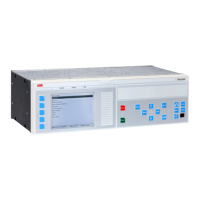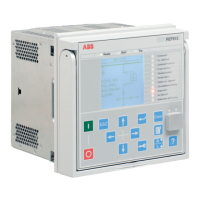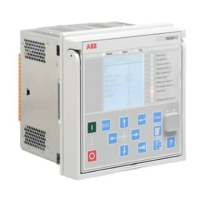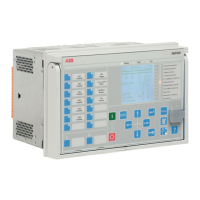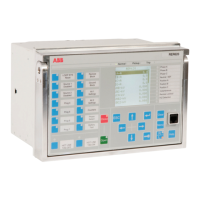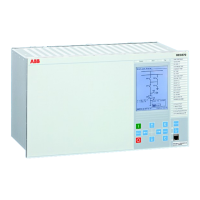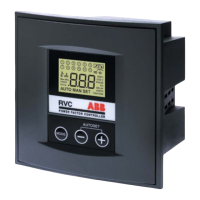1MAC309294-MB F Section 4
Protection functions
RER620 251
Technical Manual
4.5.3.5 Application
Electric power lines experience faults for many reasons. In most cases, electrical faults
manifest in mechanical damage, which must be repaired before returning the line to
service.
Most of these faults are ground faults. Conventional protection systems based on
overcurrent, impedance, or other principles are suitable for detecting relatively low
impedance faults, which have a relatively large fault current.
However, a small percentage of the ground faults have a very large impedance. They are
comparable to load impedance and consequently have very little fault current. These high
impedance faults do not pose imminent danger to power system equipment. However, they
are a considerable threat to people and property. The IEEE Power System Relay
Committee working group on High Impedance Fault Detection Technology defines High
Impedance Faults as those that 'do not produce enough fault current to be detectable by
conventional overcurrent relays or fuses'.
High impedance fault (HIZ) detection requires a different approach than that for
conventional low impedance faults. Reliable detection of HIZ provides safety to humans
and animals. HIZ detection can also prevent fire and minimize property damage. ABB has
developed innovative technology for high impedance fault detection with over seven years
of research resulting in many successful field tests.
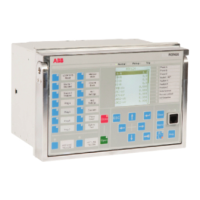
